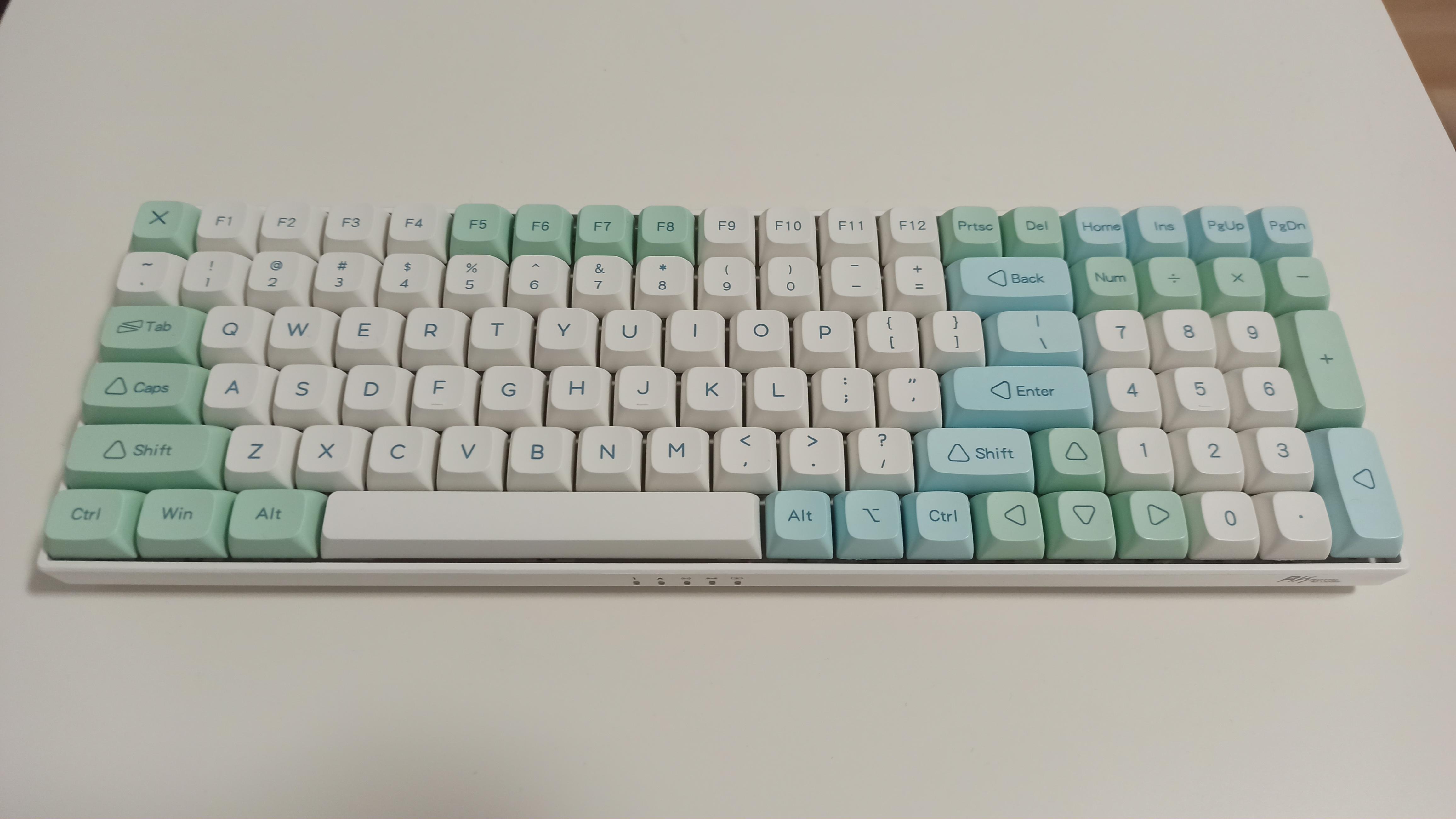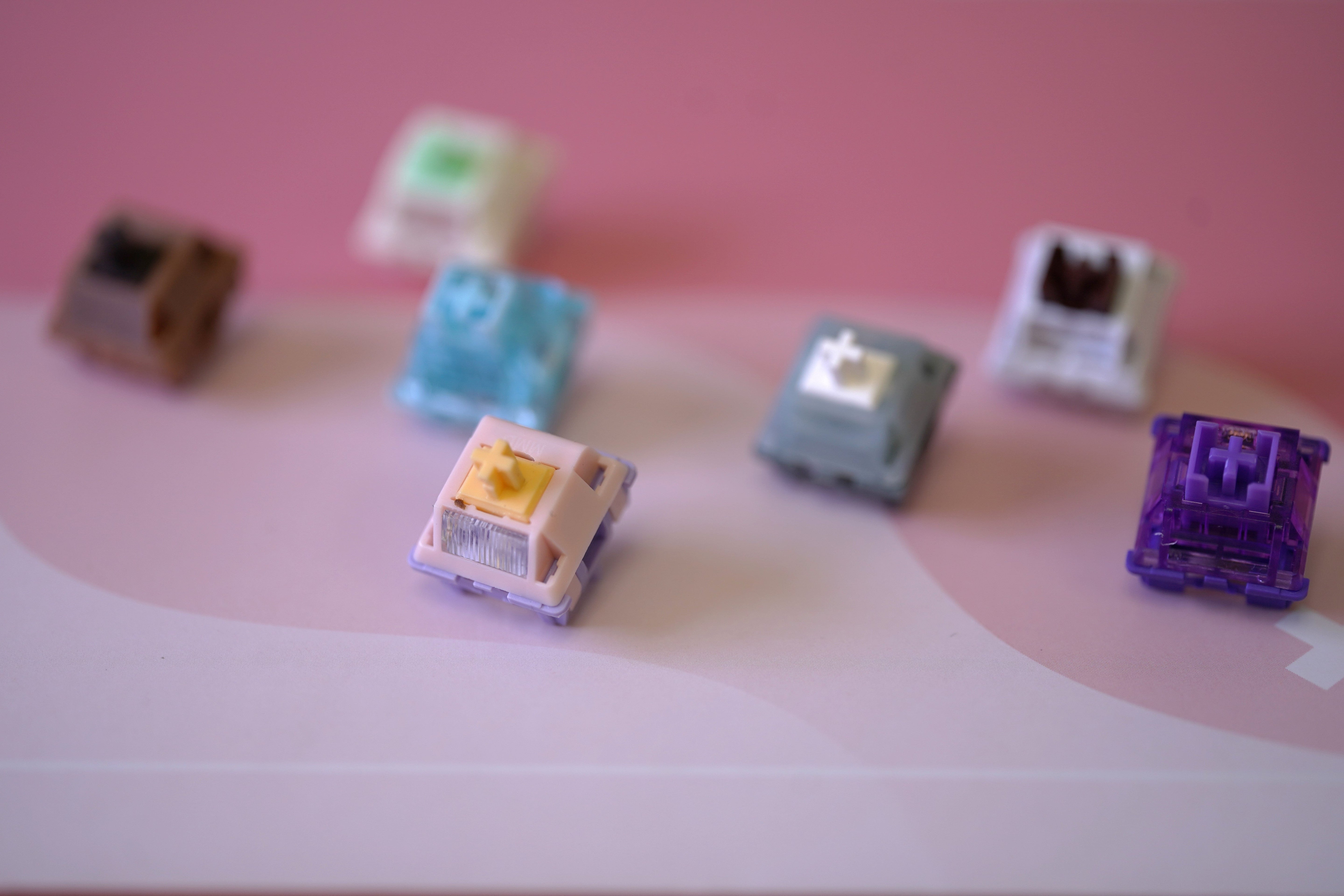Alright, so I’d been hearing a bunch about mechanical keyboards, right? And everyone’s got their favorite switches, their Cherry MX this, their Gateron that. I was looking to dip my toes in, maybe build something myself, or at least swap out some switches on a board I already had. But man, some of those fancy switches cost a pretty penny.
My Dive into the Budget End
So, I started digging around for something more… wallet-friendly. That’s when I kept stumbling upon Outemu Brown switches. They were cheap. Like, really cheap compared to the big names. The word “tactile” was thrown around, which sounded interesting – a little bump when you press the key, not just a smooth push like a linear switch, and not super clicky like a blue one. I figured, “Okay, for this price, what’s the worst that can happen?” So, I ordered a batch.

When they arrived, the packaging was nothing fancy, just a bag of switches, pretty much. I pulled one out, clicked it a few times with my fingers. It felt… okay? The bump was there, yeah, but it wasn’t as super defined as some folks made tactile switches out to be. A bit subtle, maybe a tad scratchy if I was being really picky. But again, for the price, I wasn’t expecting gold.
Getting Them Into a Board
The real test was getting them into a keyboard. I had a hot-swappable board lying around, which made things easy. No soldering, thank goodness. Popping out the old switches was simple enough. Then came putting in the Outemu Browns. Now, here’s a little thing I noticed: those pins on the bottom? They seemed a bit softer, or maybe just more prone to bending than some other switches I’d fiddled with since. You gotta be a bit careful lining them up, otherwise you’ll end up with a bent pin and a key that doesn’t work. I learned that the hard way on a couple of them, had to gently bend ’em back with some small pliers. Patience, my friend, patience.
- Lining them up carefully is key.
- Check pins before fully pushing in.
- Have a pair of tweezers or small pliers handy just in case.
Once they were all in, I gave the keyboard a quick test. All keys working? Check. Phew.
So, How Do They Actually Feel?
My first proper typing session with the Outemu Browns was… interesting. The tactile bump, like I said, is there. It’s not super sharp, more like a gentle nudge. If you’re coming from really crisp tactile switches, these might feel a bit muted. But if you’re coming from linear switches or just regular old membrane keyboards, you’ll definitely notice it. It’s enough to let you know you’ve pressed the key.
The sound: They’re not silent, but they’re not obnoxiously loud either. A bit of a “thocky” sound, maybe, depending on your keyboard case and keycaps. Definitely quieter than Outemu Blues, that’s for sure. I found them perfectly fine for everyday use, even in an office environment, nobody complained.
Over time, I’ve used that keyboard quite a bit. Have they transformed into super premium switches? Nah. Do they still feel a little bit scratchy if I pay close attention? Yeah, a tiny bit. Some folks talk about lubing them, taking them apart and putting this special grease on them. I haven’t gone that far with these particular ones. Seemed like a lot of effort for budget switches, you know? But I hear it can make a difference.

My Final Take
So, what’s the deal with Outemu Brown switches? Look, they’re not going to win any awards for being the smoothest or most tactile switch on the planet. They just aren’t. But that’s not the point of them, I don’t think.
If you’re building your very first mechanical keyboard, or you want to try out tactile switches without spending a ton of money, then they’re actually pretty decent. They get the job done. They give you that tactile feedback, and they’re reliable enough for daily typing or gaming. I’ve had mine for a good while now, and none of them have failed on me, which is more than I can say for some other cheap electronics I’ve bought.
Would I put them in a high-end, custom dream build? Probably not. But for a starter board, a budget project, or even just to have a different feel to try out? Yeah, I’d say they’re worth considering. Just go in with realistic expectations. They’re a gateway switch, a workhorse, not a show pony. And sometimes, that’s exactly what you need.